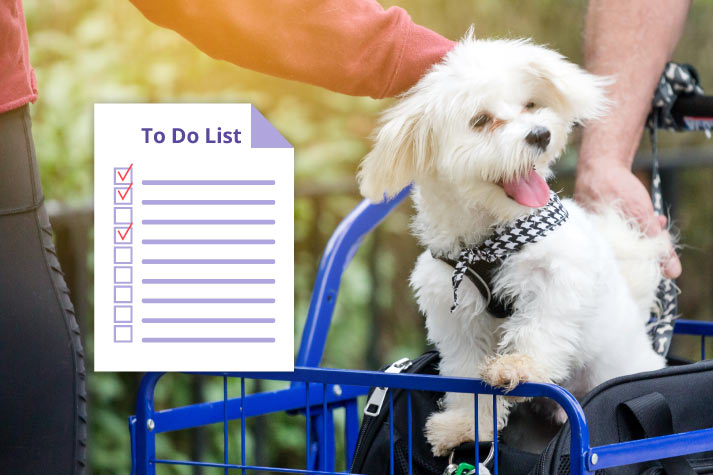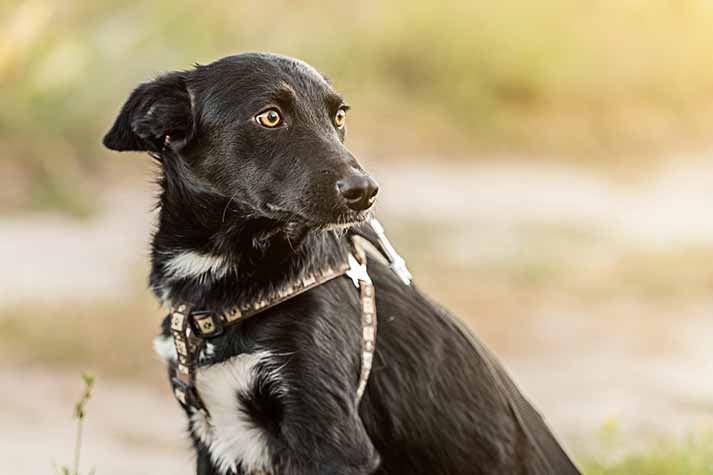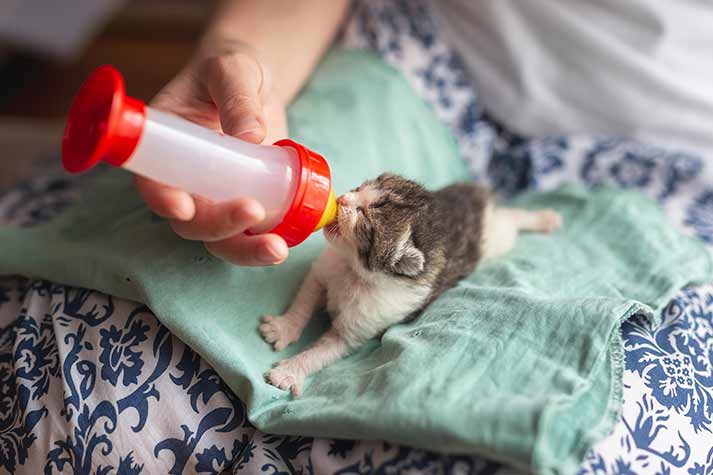
27 Oct
5 Things to Know About Moving Your Pets
As a pet parent, it is natural to feel worried about moving your furry friend. Relocating your pet can be stressful and complex due to airport customs, regulations, and ensuring their comfort during travel. To ensure your pet has a hassle-free travel experience, it’s important to be well-prepared and informed.
Here’s A How to Relocate Your Pet Safely
Plan Wisely
Since a pet’s safety is paramount, relocating a pet requires meticulous planning. Start by making arrangements well in advance, depending on the nature of your travel. If you are travelling with your domestically, start by preparing a month in advance. However, if you’re travelling with your pet internationally, the preparations may have to begin between 3-6 months in advance (depending on your origin, destination, and international import requirements in place)
Early planning allows you to handle any unexpected issues, such as last-minute changes in flight schedules or missing paperwork, or extra tests and results. Research airlines and choose a pet-friendly airline. Each airline has its own travel requirements, such as approved carriers, temperature controls, and breed-specific restrictions, so make sure to gather all necessary details.
Schedule a Veterinary Health Checkup
Your pet’s health should be your top priority. Take your pet to the veterinarian for a regular checkup. The vet will assess their overall health and determine if they are fit to travel. Don’t forget to obtain a health certificate, as most airlines and international destinations require it. Ensure your pet is up to date on vaccinations and ask your vet about additional requirements for the destination, such as microchipping, specific vaccines, or parasite treatments.
Prepare Identification and Tags
Proper identification is crucial during travel, especially if your pet is a popular breed. Make sure your pet’s carrier or crate is labeled with clear and visible tags. Include your name, contact number, address, and the destination address. You can also include a photo of your pet to help identify them in case they get lost. For additional safety, always keep your pet microchipped with an ISO 11784/11785 pet microchip and consider using a GPS tracker or a collar tag with updated information.
Invest in a Suitable Carrier or Crate
Choose a travel crate that complies with International Air Transport Association (IATA) guidelines. It should be spacious enough for your pet to stand, turn around, and lie down comfortably. You can use an IATA approved pet crate to familiarize your pet with the carrier before the journey through shorter, more local trips to help them feel secure. Add soft bedding and a favorite toy to make the environment as comforting as possible.
Minimize Stress Before and During Travel
A stressed pet is an anxious pet, and an anxious pet is an uncomfortable one. To reduce your pet’s stress, create a calming environment leading up to and during the journey. Keep their routine consistent and avoid introducing significant changes to things like diet or exercise routines. On the day of travel, place the carrier in a quiet and secure location while waiting for transport. Limit food intake 4-6 hours before travel to avoid motion sickness, but ensure they have access to water.
Understand Customs and Regulations
Each country has its own import requirements for pets. Before embarking on international pet travel, you should familiarize yourself with the customs and regulations of your destination. Different states and countries have varying requirements for pets, such as quarantine periods, specific vaccines, parasite treatment, or paperwork. Research in advance to avoid detention or delays at the airport. Some destinations may even have restrictions on certain breeds or species, so confirm that your pet is allowed.
Choose the Right Mode of Transport
If you’re relocating domestically, you could consider alternative transport options, such as road travel or pet travel by train, depending on your pet’s comfort level. For international pet travel, flying is often the only option, given the long distances involved and the lack of alternatives. Check with your pet friendly airline whether your pet will travel in the cabin or cargo, as this can significantly impact their experience. While cabin travel is generally preferred for small pets, larger animals often need to travel in cargo thanks to their size. Both options are equally safe, provided you choose a pet-friendly airline.
Prepare a Pet Travel & Emergency Kit
One should never embark on a long journey without safety precautions. So, pack an emergency kit for your pet and include items that are of importance or regular use. Make sure to include items such as food, water, a portable bowl, a leash, waste bags, medication, and a copy of their health documents. Having these essentials on hand helps you be prepared for any situation during the move and helps ease the verification processes at the airport.
Consult a Pet Relocation Specialist
If the process feels overwhelming, you could always consider hiring a pet relocation service. These specialists handle the logistics of pet travel, including paperwork, customs clearance, and transport arrangements. While this adds to the cost, it can significantly reduce stress and ensure your pet’s safety, allowing you to focus on other aspects of your move.
Post-Travel Care
Pets are creatures of habit and love sticking to a routine. Once you arrive at your destination, give your pet time to adjust. Provide them with a familiar space, such as their bedding or favorite toys, and gradually introduce them to their new environment. Monitor their behavior closely and consult a vet if they show signs of stress, anxiety, or discomfort.
Relocating with a pet requires patience, preparation, and attention to detail. Remember, every pet is unique; what works for one might not work for another, so tailor your approach to suit your pet’s needs. With the right planning and care, moving with your pet can be a smooth and comfortable experience.






AUTHOR’S BIO
Carry My Pet
Passionate pet enthusiasts and globetrotters, dedicated to easing furry friends' journeys worldwide. Penning tales of compassion at CarryMyPet, where every relocation is a tail-wagging adventure.